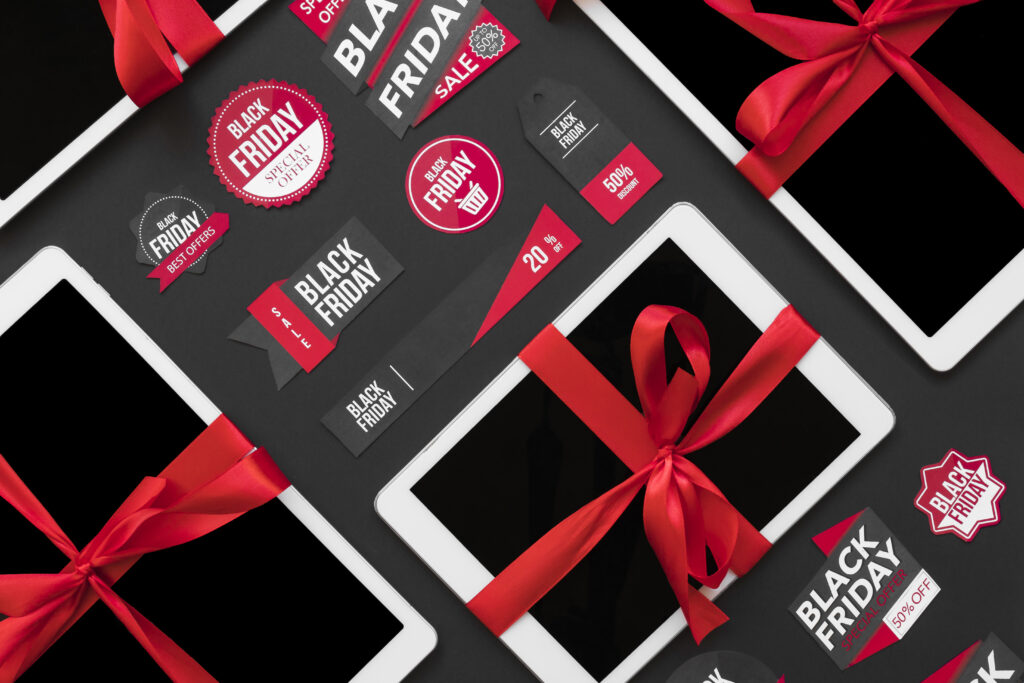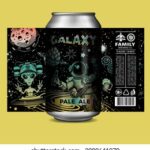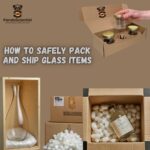How to Create Special Packaging for Limited Edition Products
Limited Edition Marketing Strategy
Almost all businesses use limited editions and special packaging to their marketing advantage, and Starbucks and Nike are very good examples of how this plays out. Starbucks produces its special holiday cups, and Nike produces its much coveted shoes as limited edition runs.But what makes the time-limited product seem irresistible to customers? Why do we fall for them in their entirety?
Its answer is in psychology: exclusivity and scarcity. The limited edition pieces generate urgency and feeling, forcing customers to act quickly lest they miss out on such exclusive offerings. The more something appears to be exclusive, the higher the price perceived for it.
The planning and designing of unique products and packaging require meticulous attention if limited edition marketing strategies are to be successful for a particular company. This will guide you through the essential steps toward effective limited edition packaging designed for consumer appeal and selling power.

Planning Your Limited Edition Marketing Strategy
Before diving into the design phase, thorough research and planning are necessary to maximize success. Here are the key steps:
1. Understand Your Target Audience
Not all people respond in the same way to the same things. Thus, a general limited edition marketing strategy is not going to work; rather, companies must carry out in-depth analysis of their user base to determine the best appealing design elements or package styles or marketing strategies that businesses could use for the particular audience.
Taking cue from social media analytics and website data, it helps understand the audience’s demographics, interests, and purchasing behavior. This study ensures that the limited edition product and its packaging appeal to the right customers.
Example: Nike’s CNY shoe collection is specifically targeted at the Chinese consumers by incorporating the zodiac animal of the year into the shoes and packages. Being relevant culturally to its target demographic makes the shoes very appealing to that group.
2. Stay Current on Packaging Trends
Limited edition packaging needs to be in line with industry trends and also be unique in character to stand out. Here are some packaging trends that are currently “in”:
Sustainable Packaging: Eco-friendly materials are entering the scene with consumers increasingly aware of environmental issues. Brands, in shifting to packaging that could be biodegradable, compostable, or recyclable, seek to put an end to waste creation. The advantages thus created for planet Earth’s health, with increased goodwill and trust in the brand by the consumers for packaging products that are eco-friendly.
Minimalist Design: Modern consumers have been attracted to clean and simple packages that bear minimal text and a neutral palette. It denotes sophistication, transparency, and efficiency, lending the products themselves an air of subtle luxury. With minimalism comes an added factor: sustainability, as this approach leads to reduced materials.
Smart Packaging: The combination of these technologies might engage consumers even further. The customers can scan and get the product information, verify the authenticity, or interact with the brand. The new technology increases consumer convenience and enhances brand transparency, elevating brand loyalty.
Vintage Style Designs: It stirs up sentiments and memories and creates a strong resonance in consumers with the company. It makes extensive use of classic fonts, familiar retro colors, and traditional illustrations appealing to those searching for familiarity. This is exceptionally well-suited to food, cosmetics, and beverage markets. An example of such design is nostalgic packaging.
Multi-Sensory Packaging: Adding tactile textures, unique shapes, or aromatic elements amplifies the entire customer experience. For example, embossed logos, scented coatings, or soft-touch materials may create a lasting impression. Such packs activate all senses, thus enhancing the feeling of luxury and memorability of products.
Localization: Customizing packaging in consideration of specific cultural or regional preferences makes brands appear more relatable. Such package design in local languages, traditional patterns, or culturally significant symbols increases consumer trust. This builds loyalty with the brand appreciating the emotional connection with the targeted consumers.
Reusable Packaging: Sustainable practices through reusable packaging not only reduce the waste but actually increase the image of products.Strong containers, refillable bottles, or multifunctional boxes promote longevity. Thus, brands that adopt this method will naturally appeal to the environmentally-conscious consumer and will carve out a niche for themselves in the market.
Gender-Neutral Packaging: Conventional colors and designs impoverish some segments of consumers. Neutral colors, inclusive messaging, and universal aesthetics pose attractions to many consumers. This approach is worth association with contemporary ethos, giving way to branding that is conveniently accessible and inclusively.
3. Create a Sense of Urgency
Scarcity drives demand. Many consumers tend to purchase products when they think an item will not be available to them again. Therefore, some of the strategies can enhance that sense of urgency by:
- Displaying countdown timers on websites.
- Highlighting limited stock availability.
- Teasing the product’s release on social media.
- Emphasizing “one-time-only” collaborations.
Example: Starbucks’ unicorn frappuccino was briefly available for some days and attracted an incredible amount of attention and social media chatter. The buzz was further generated by the fact that the beverage was available for just some days, which made it sell out immediately.
Tips for Designing Limited Edition Packaging
Once you are done with your research and planning, it is time to design exclusive packaging that augments the appeal of your limited edition product.
1. Use Eye-Catching Colors and Graphics
Your product will occupy a space in the scope of the market, given a remarkable interplay of colors, textures, and unique design elements. On the flip side, the design must be cohesive and flow with your brand identity.
Provide a few of your brand’s primary colors and graphic characteristics and then link in newer design constituents created only for the limited edition.
Example: Nike Year Of The Rabbit sneakers are accented with a soft, furry swoosh and an embroidered bunny motif on the side. The packaging mirrors the effect of rabbit fur and combines subtle design elements inspired by Asia to reinforce the theme.
2. Highlight Brand Identity
The experience of limited edition packing should be such that it is unique and instantly familiar as a part of your brand. A customer should recognize the product as one belonging to you immediately-the fact that he/she possesses it further underlining any perceived judgments of trust and appeal.
3. Incorporate Premium Materials
Using high-quality materials enhances the perceived value of limited edition products. Consider:
- Embossed or textured packaging
- Metallic or holographic finishes
- High-quality printing techniques
- Specialty materials like wood, glass, or metal
Luxurious. All these elements make the product look more appealing.
4. Make Packaging Functional and Reusable
Packaging items that can be repurposed create surprise value and reflect the novelty of sustainable movements.
Example: Many of the top-of-the-line liquor companies strive to make limited-edition bottles that are also swank boxes and are collector’s items.
5. Leverage Social Media for Maximum Impact
Limited edition products thrive on hype. Encourage customers to share their unboxing experiences online by:
- Creating a branded hashtag.
- Creating beautiful packaging that is “Instagrammable” enough to push sales.
- Using influencers to promote the product.
- Running contests, giveaways, and so on to promote user-generated content.
Conclusion
A focused limited edition marketing strategy can positively affect sales, brand loyalty, and consumer excitement. The limited edition packaging adds an edge of exclusivity and urgency; thus, it psychologically impacts customers to decide faster on making a purchase. Brands need to be clear about their target audience, keep themselves updated about the latest trends, and create attractive and unique packaging to promote limited editions that present themselves as unforgettable. Custom boxes are, thereafter, used as a critical component in this marketing strategy to offer a designer and personalized feel to products making products’ shelf appeal much more pronounced.
Depending on its use of eco-friendly materials, striking typography, or just a thematic element, limited edition packaging can be made more alluring. Be it a seasonal offering, a collaboration with an artist, or the celebration of a cultural event: bespoke packaging does provide additional value and branding power to all of these initiatives. Social media and influencer marketing extend the reach even further and create a stronger campaign.Want more insights into branding and marketing strategies? Stay updated with Panda Scientist for expert tips and industry trends!







